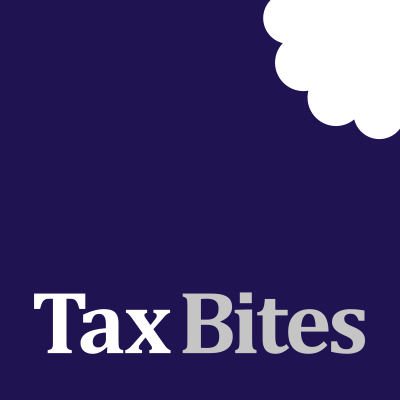
Annual Investment Allowance (AIA) will drop down
24th January 2020
Posted in Articles, Capital Allowances, Corporation Tax by Andrew Marr
The issue
The annual investment allowance (AIA) allows a 100% tax deduction for qualifying expenditure (most expenditure which qualifies for capital allowances) incurred in an accounting period. This relief is normally capped at £200,000 per annum but was temporarily increased to £1M for each of the two years ended 31 December 2020 before reverting to £200,000 for subsequent periods.
Given that the AIA will change at the end of this year we should be mindful of how the transitional rules work as they can give rise to a nasty surprise.
Transitional rules
The formula for working out the AIA for any accounting period which spans 31 December 2020 is:
(a/12 x £1,000,000) + (b/12 x £200,000)
Where ‘a’ is the number of months in the accounting period that arise on or before 31 December 2020 and ‘b’ is the number of months in the accounting period that arise after 31 December 2020.
So far so good, but there is a sneaky catch which has not applied to previous transitional rules. This is a rule which says that the AIA is capped at the proportion of the AIA limit which is applicable to each part of the accounting period (see the example below).
Example
A company has an accounting period from 1 July 2020 to 30 June 2021. The FD duly calculates the AIA limit using the formula above:
(6/12 x £1,000,000) + (6/12 x £200,000) = £600,000.
In April 2021 he gets round to reviewing AIA headroom. As £100,000 was spent in the first half of the year he concludes that up to £500,000 of expenditure before the year end will qualify. Wrong! Only £100,000 can qualify because that is the limit for that part (post 31 December 2020) of the accounting period. This misunderstanding has led to the potential loss of £400,000 of AIAs. The relief would then take over 10 years to be realised under normal capital allowances rules.
On closer inspection of the rules the FD realises that he should have ‘locked in’ £500,000 of expenditure in the second half of 2020.
Forbes Dawson comment
The lesson here seems to be that companies should review their expenditure projections so as to incur expenditure before the end of 2020 where possible. Put simply, it does not make good tax sense for significant qualifying expenditure to be incurred in early 2021 when full AIAs have not been used in 2020. Planning for this issue will need to start very soon.



